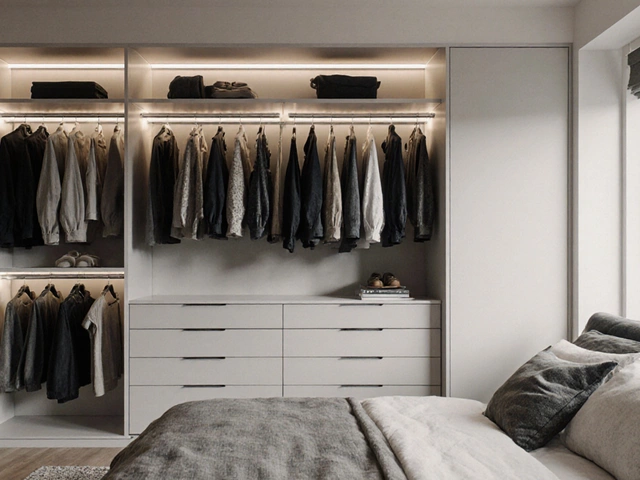Dining Room Dresser: Styles, Uses, and How to Maintain It
A dining room dresser, a long, low cabinet with drawers and sometimes shelves, designed to store tableware and serve as a display piece in the dining area. Also known as a sideboard, it’s not just storage—it’s the quiet backbone of a well-used dining room. Unlike a buffet or console table, a dining room dresser is built for heavy daily use: holding plates, stacking linens, hiding serving tools, and sometimes doubling as a serving station. It’s the piece you reach for when hosting, and the one you notice when you walk in—even if you don’t realize why.
What makes a good one? Material matters. Solid wood lasts decades; particleboard warps. Look for dovetail joints, not just nails. A well-made dresser can outlive your kitchen cabinets. And while modern designs lean minimalist, many homeowners still prefer the warmth of oak, walnut, or mahogany—especially if they’ve got an older home or love the look of antique dresser, a vintage piece, often handcrafted, with character, patina, and sometimes hidden compartments. These aren’t just decorations—they’re functional heirlooms. If you’ve got one, you know it needs special care: no harsh cleaners, no direct sun, and definitely no stacking heavy pots on top.
People often forget that a dining room dresser isn’t just for dishes. It holds extra napkins, wine glasses, candlesticks, even small electronics like a Bluetooth speaker or a coffee maker for Sunday brunch. The best ones have deep drawers for bulky tablecloths and shallow ones for cutlery. And if you’re thinking of buying one, don’t just check the size—check the height. It should sit level with your dining table, or just slightly lower, so you can reach items without bending too far.
When it comes to maintenance, a little goes a long way. Dust weekly with a soft cloth. Use beeswax polish every few months—not spray-on stuff from the supermarket. If the wood looks dry or scratched, a simple oil treatment can bring it back. And if you’re moving? Don’t just wrap it in plastic. Use moving blankets, remove drawers, and label everything. A damaged dresser isn’t just ugly—it’s expensive to fix.
You’ll find plenty of advice online about matching it to your decor, but the truth is, a good dining room dresser doesn’t need to match—it just needs to fit. It works with farmhouse, modern, industrial, even eclectic styles. What matters is that it’s sturdy, useful, and feels right in your space. Whether you’re restoring a 1920s piece or picking up a new one from a local maker, this piece holds more than your china. It holds memories—of holidays, birthdays, quiet dinners.
Below, you’ll find real guides on how to protect, refinish, and style your dining room dresser. Some show you how to make an old one look new again. Others help you choose the right size, avoid common mistakes, or even turn it into a bar. No fluff. Just what works.
What to Put on a Dresser in a Dining Room: Practical and Stylish Ideas
Learn how to style a dresser in your dining room with practical storage, elegant decor, and thoughtful lighting. Turn unused space into a functional and beautiful part of your meals.
full article




